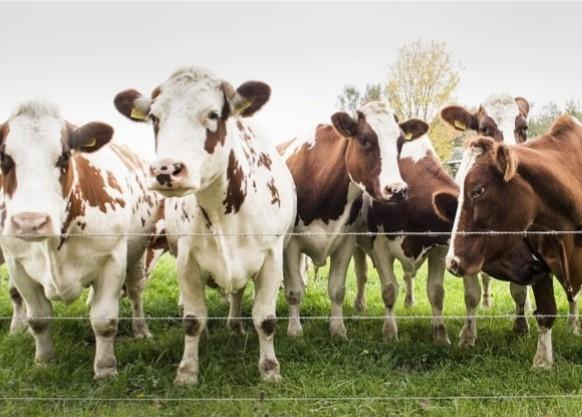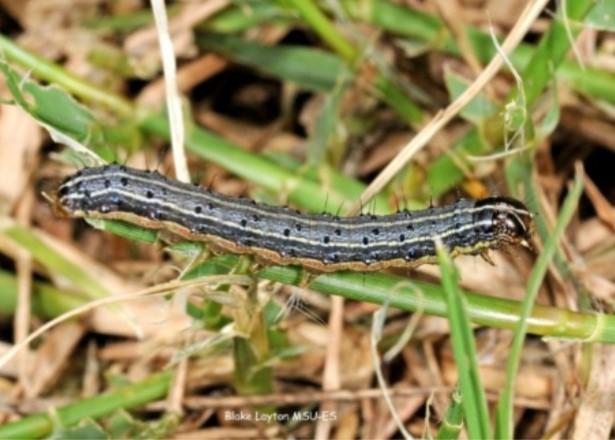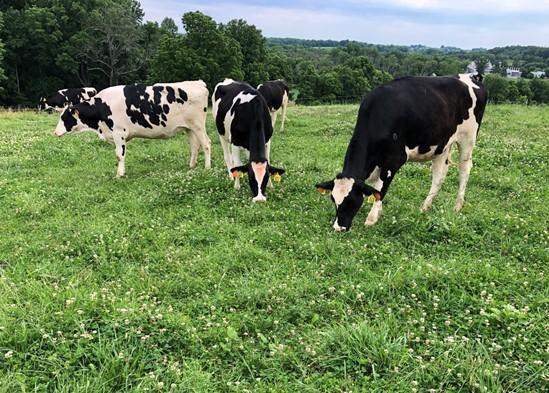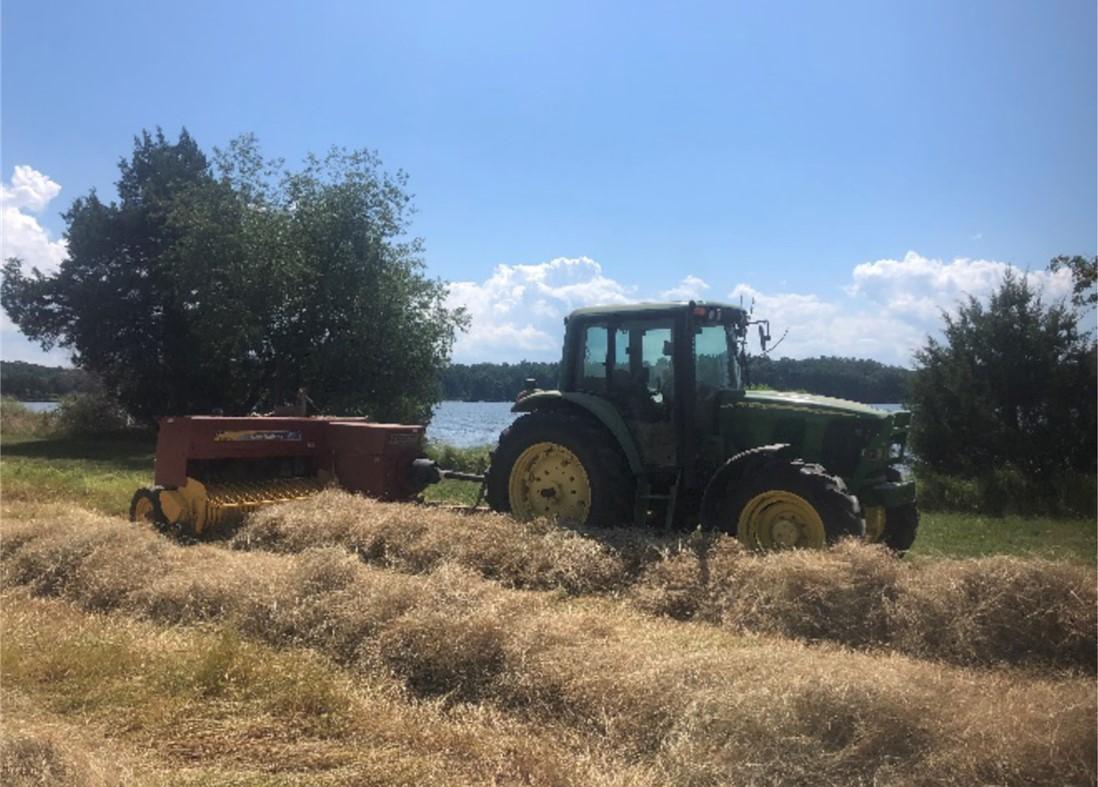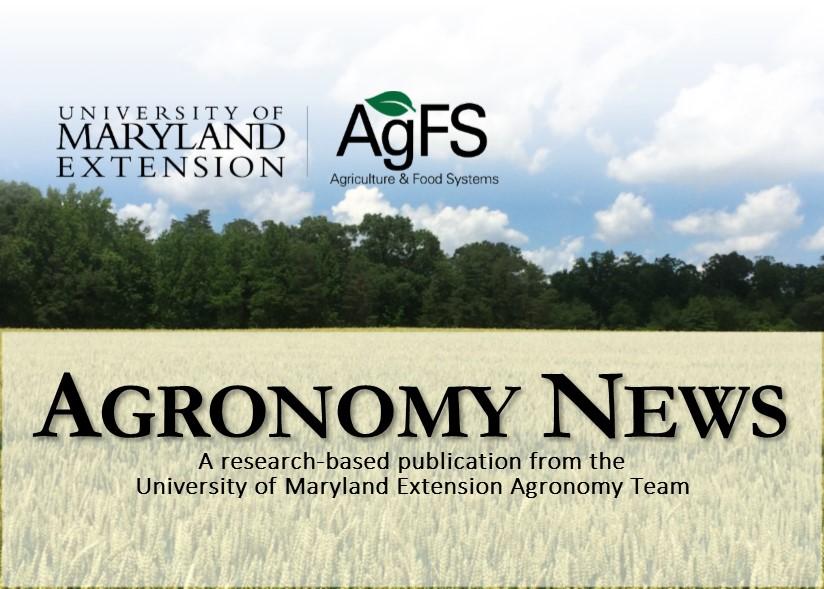Updated: July 17, 2024
Turfgrass Diseases: Pythium Blight (FS-2024-0707)
Pythium blight is a significant disease affecting turfgrass in the Mid-Atlantic region, particularly during warm, humid conditions. This disease impacts both cool-season and warm-season turfgrass, with creeping bentgrass, perennial ryegrass, and annual bluegrass being most susceptible. Pythium blight is caused by several species of Pythium thriving in wet and humid environments. Symptoms include water-soaked, greasy lesions on leaves and stems, progressing to large, blighted patches. Management strategies involve cultural practices such as proper irrigation, soil aeration, and maintaining appropriate mowing heights. Biological control, though beneficial, is often insufficient alone. Chemical management remains crucial, though rotating products is essential to prevent fungicide resistance. Integrated disease management practices are recommended for maintaining healthy turfgrass and mitigating the impact of Pythium blight. Author: Fereshteh Shahoveisi; Turfgrass Diseases: Pythium Blight (FS-2024-0707).

